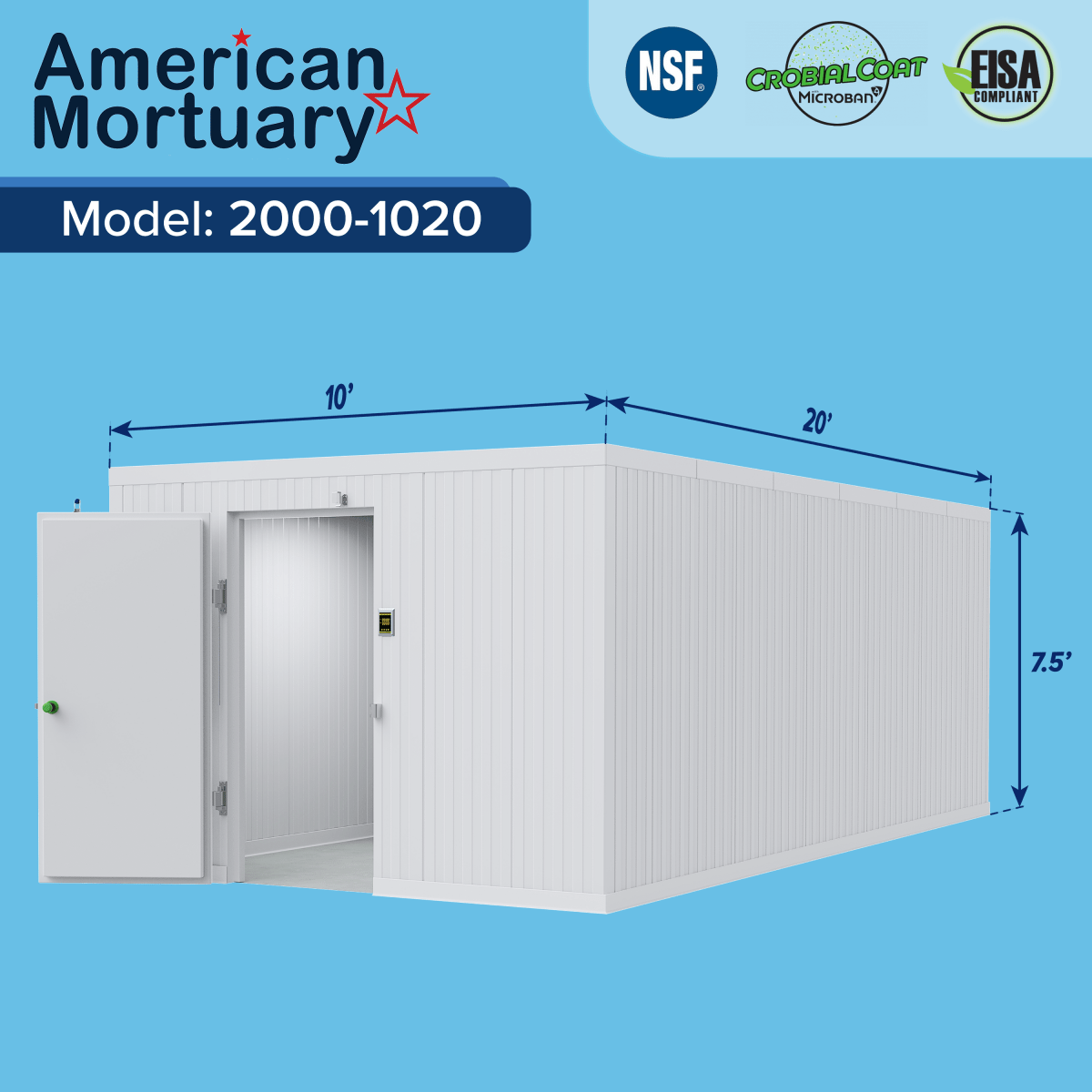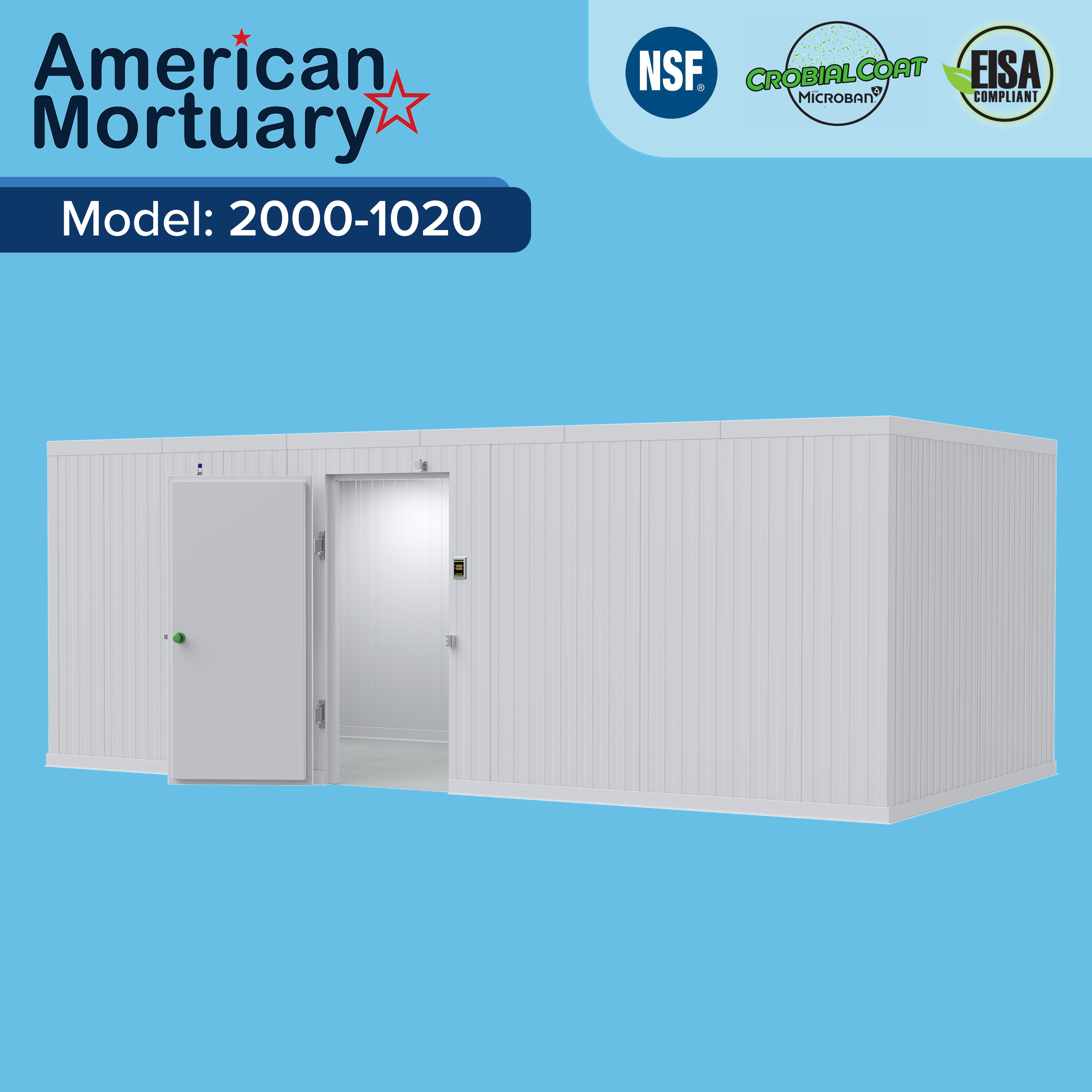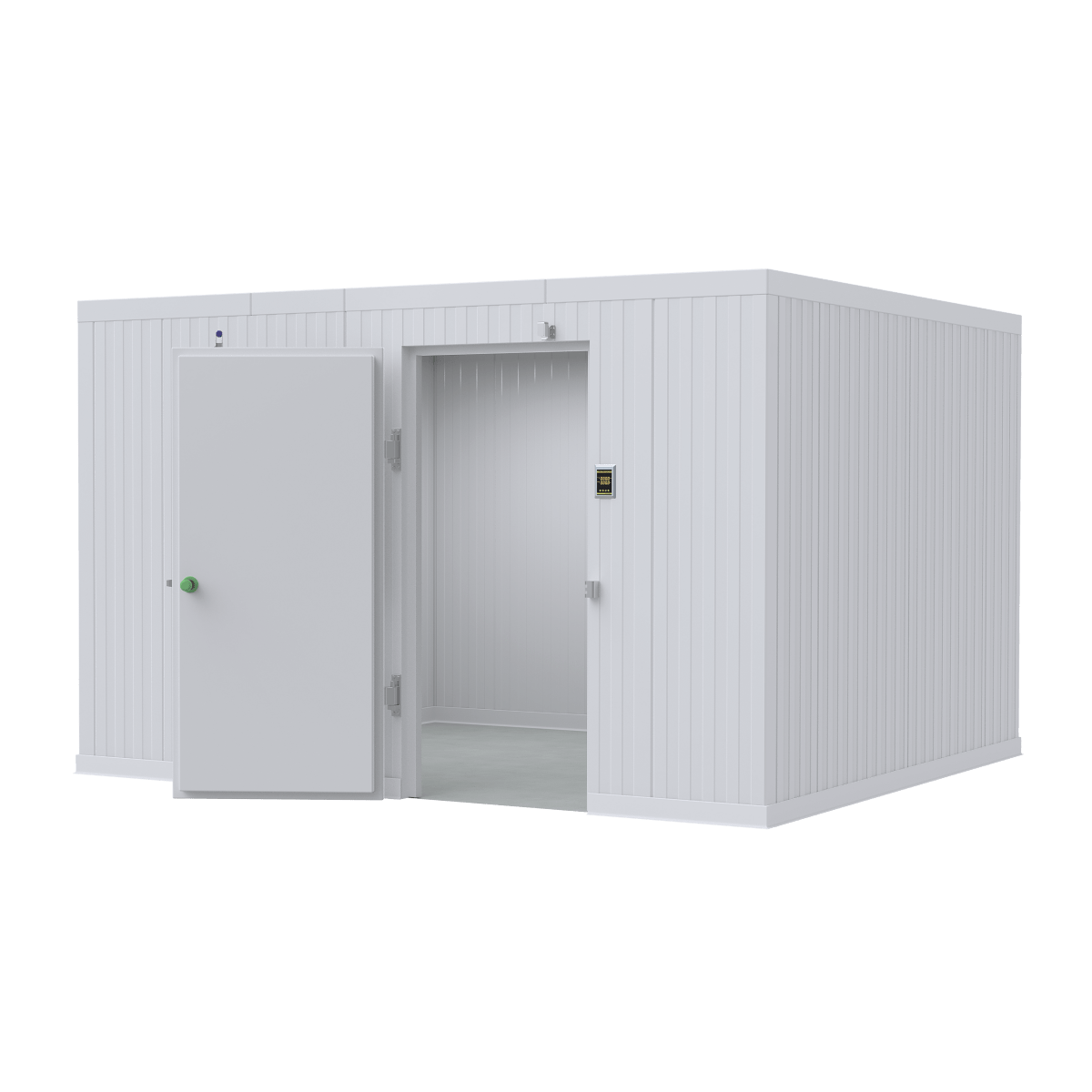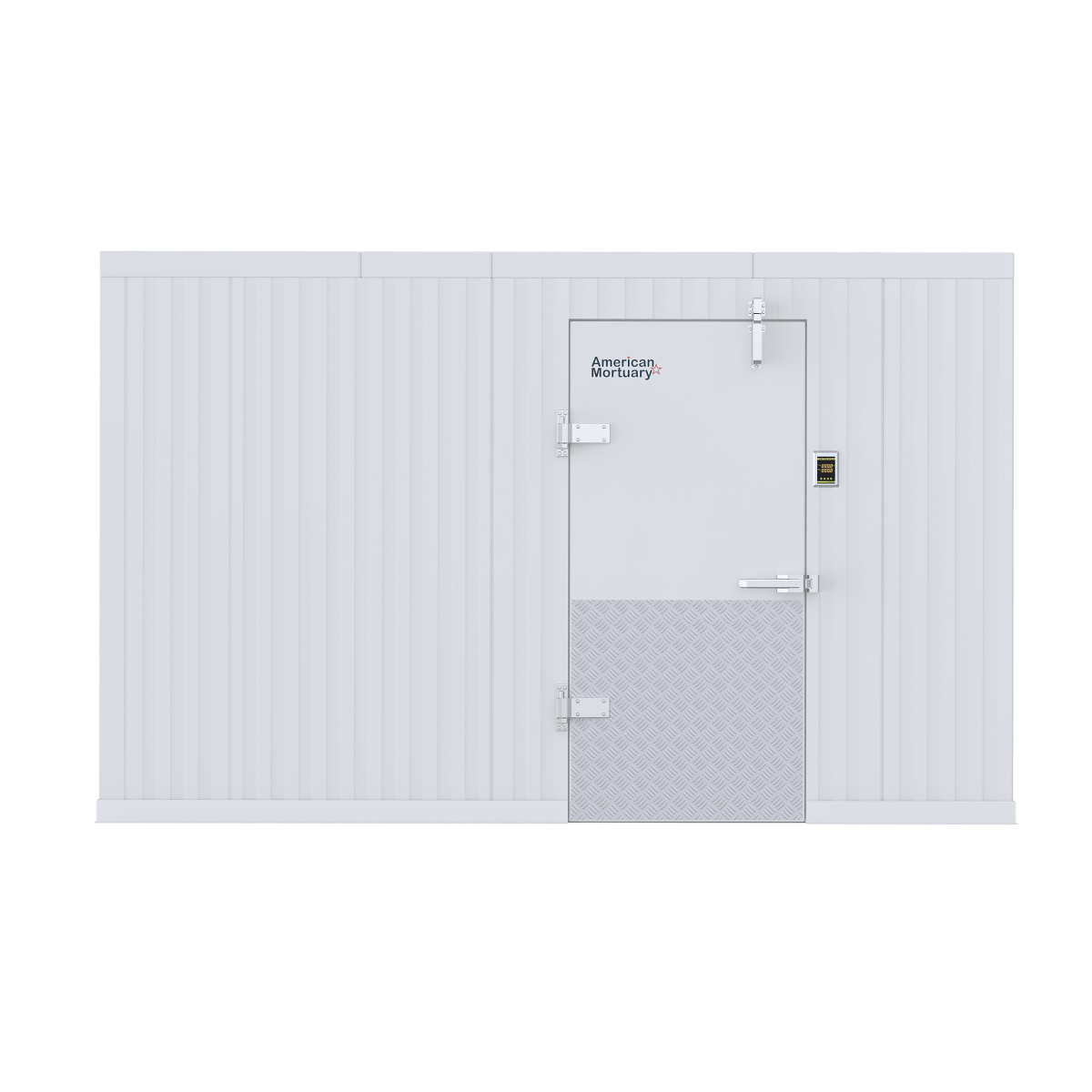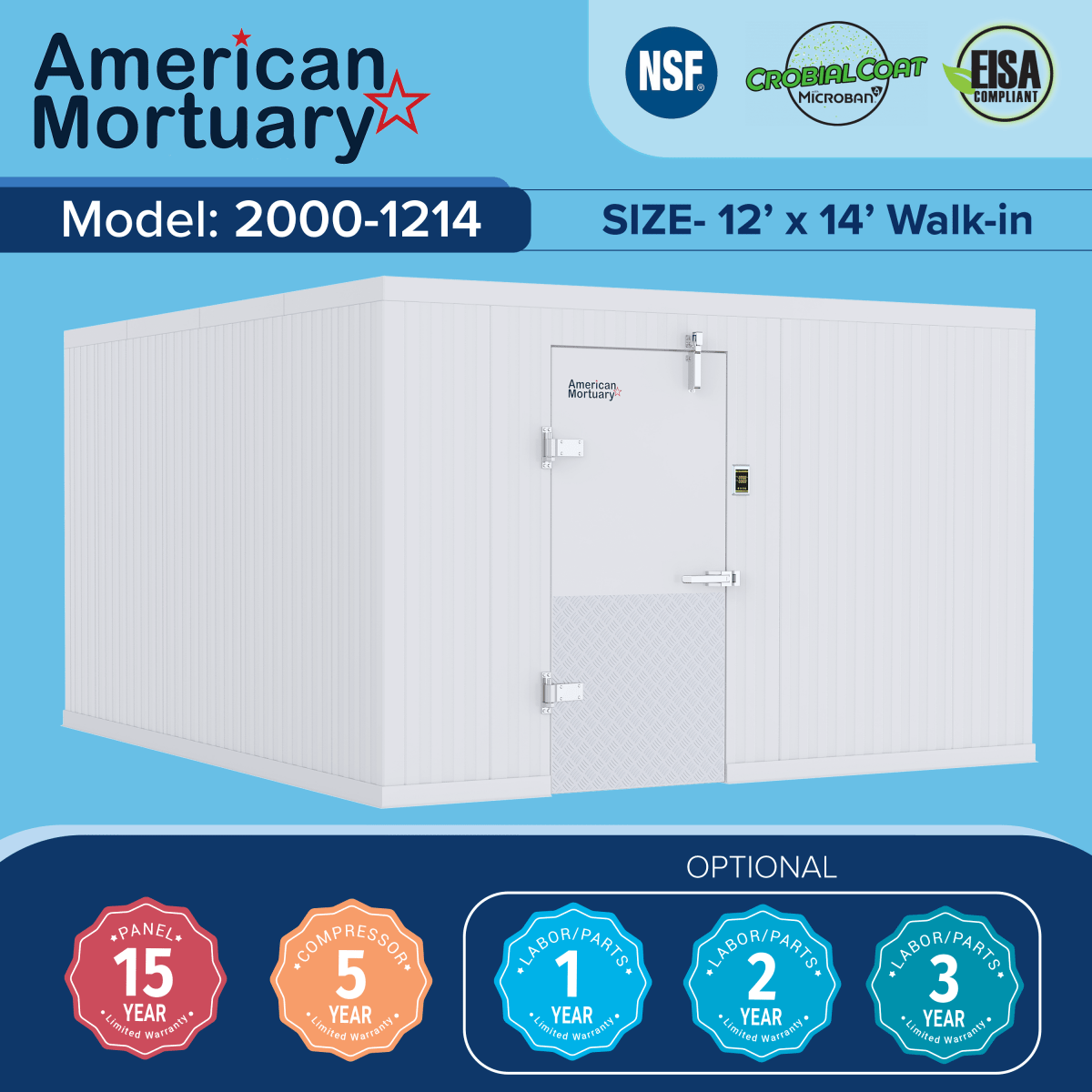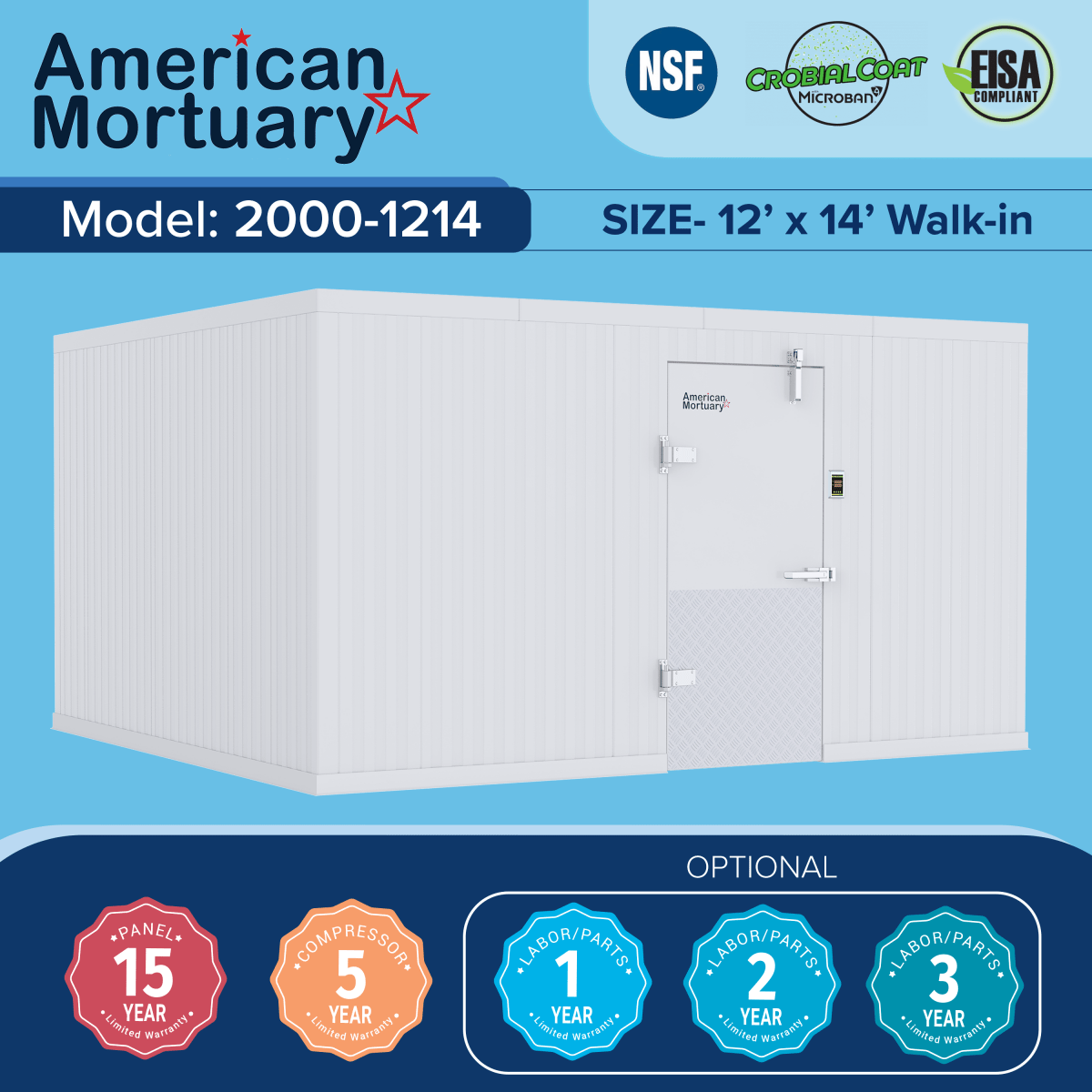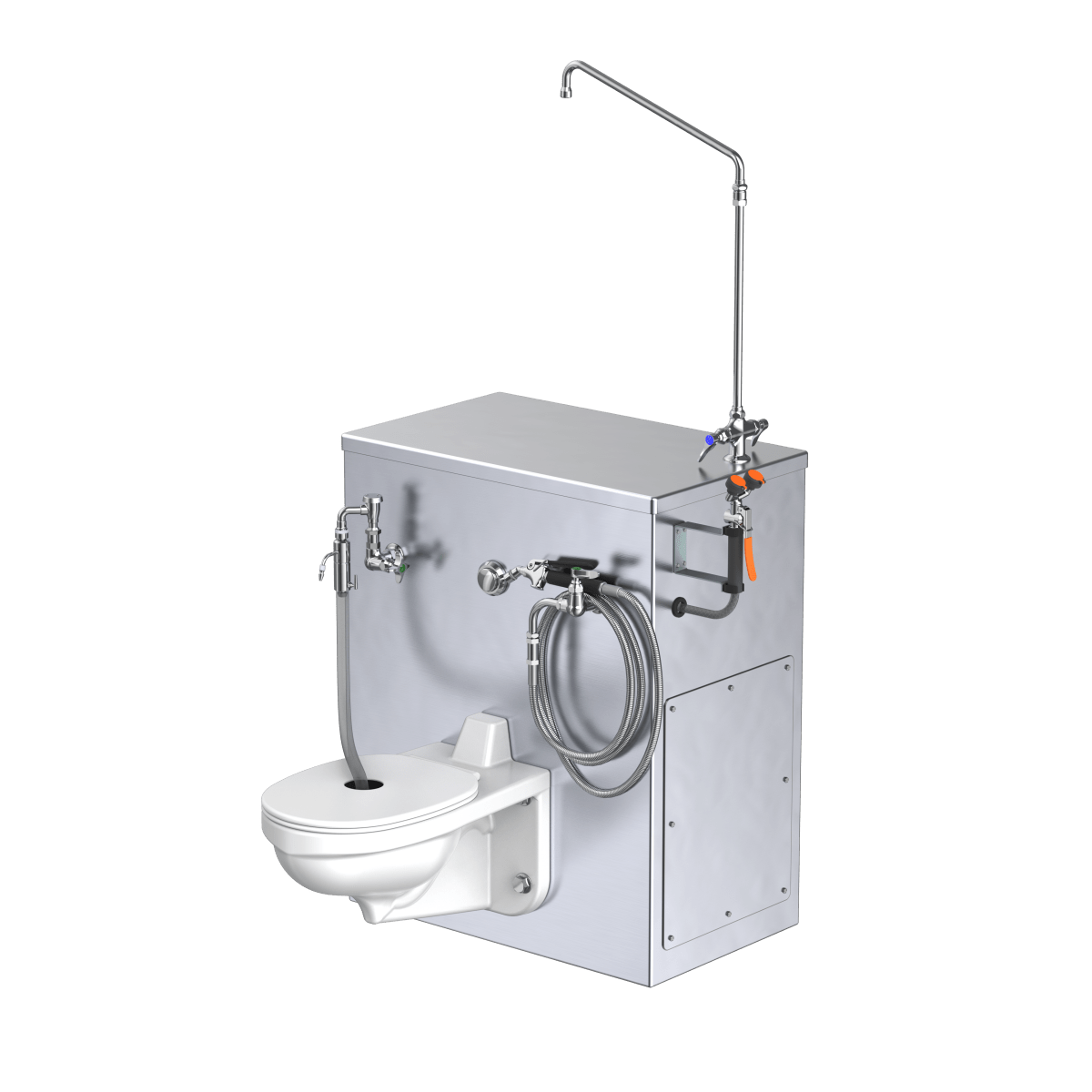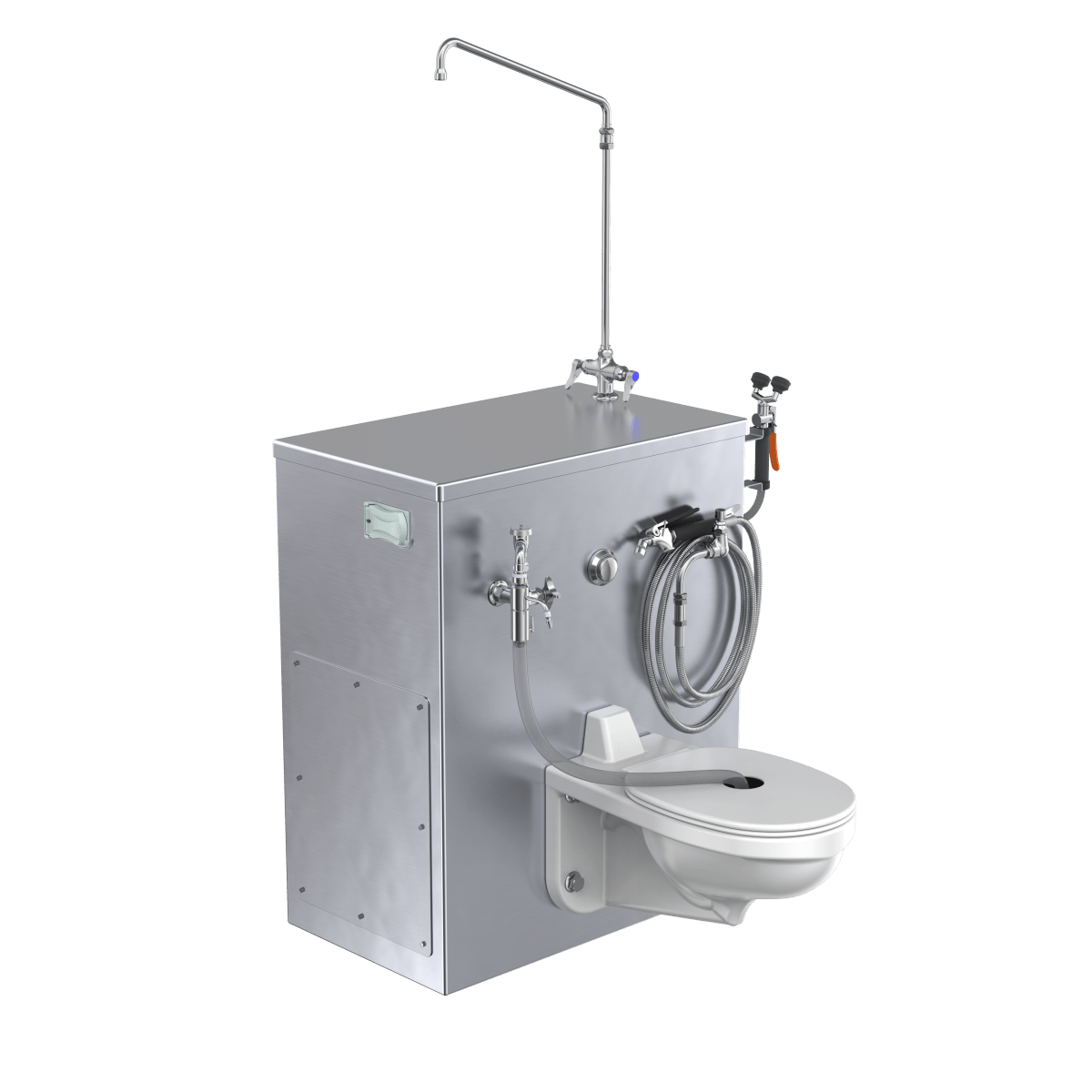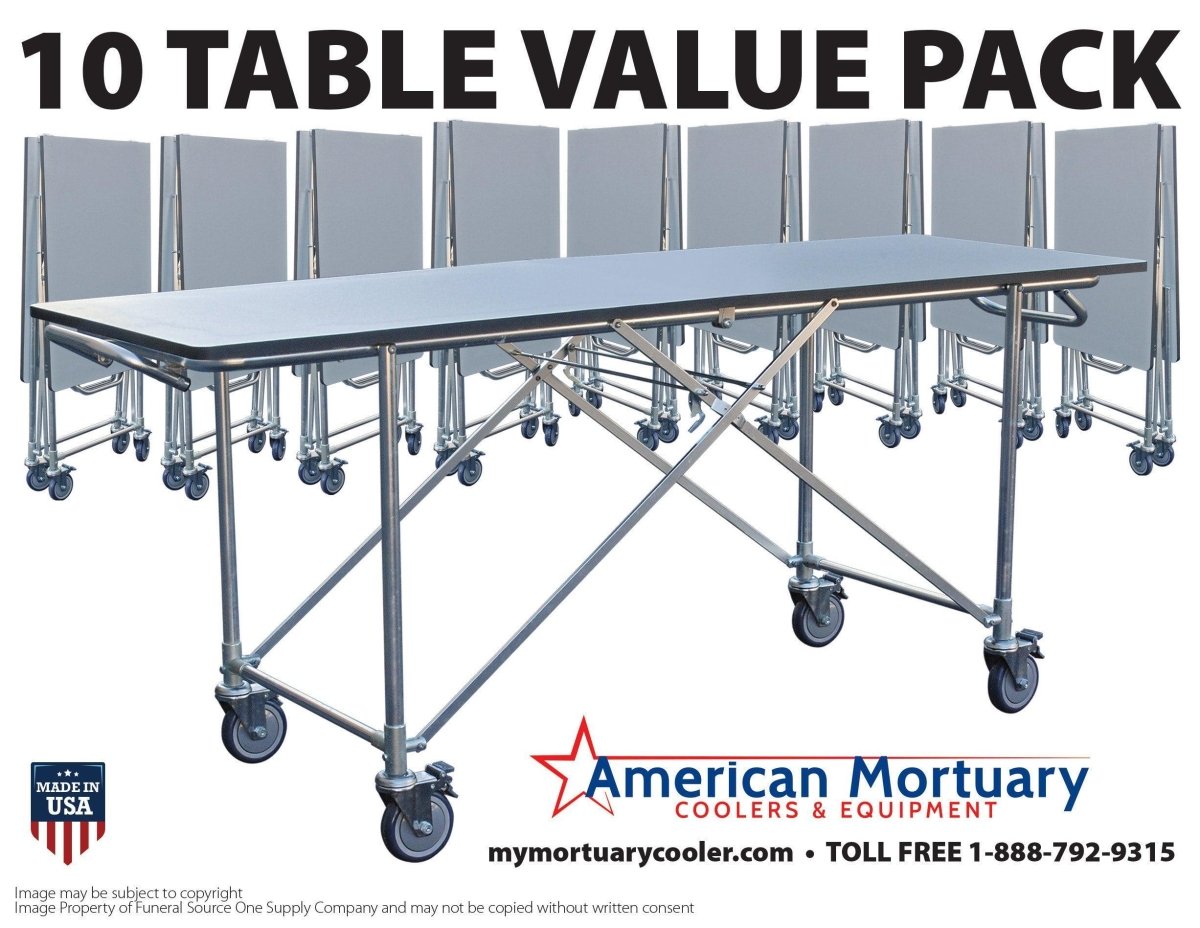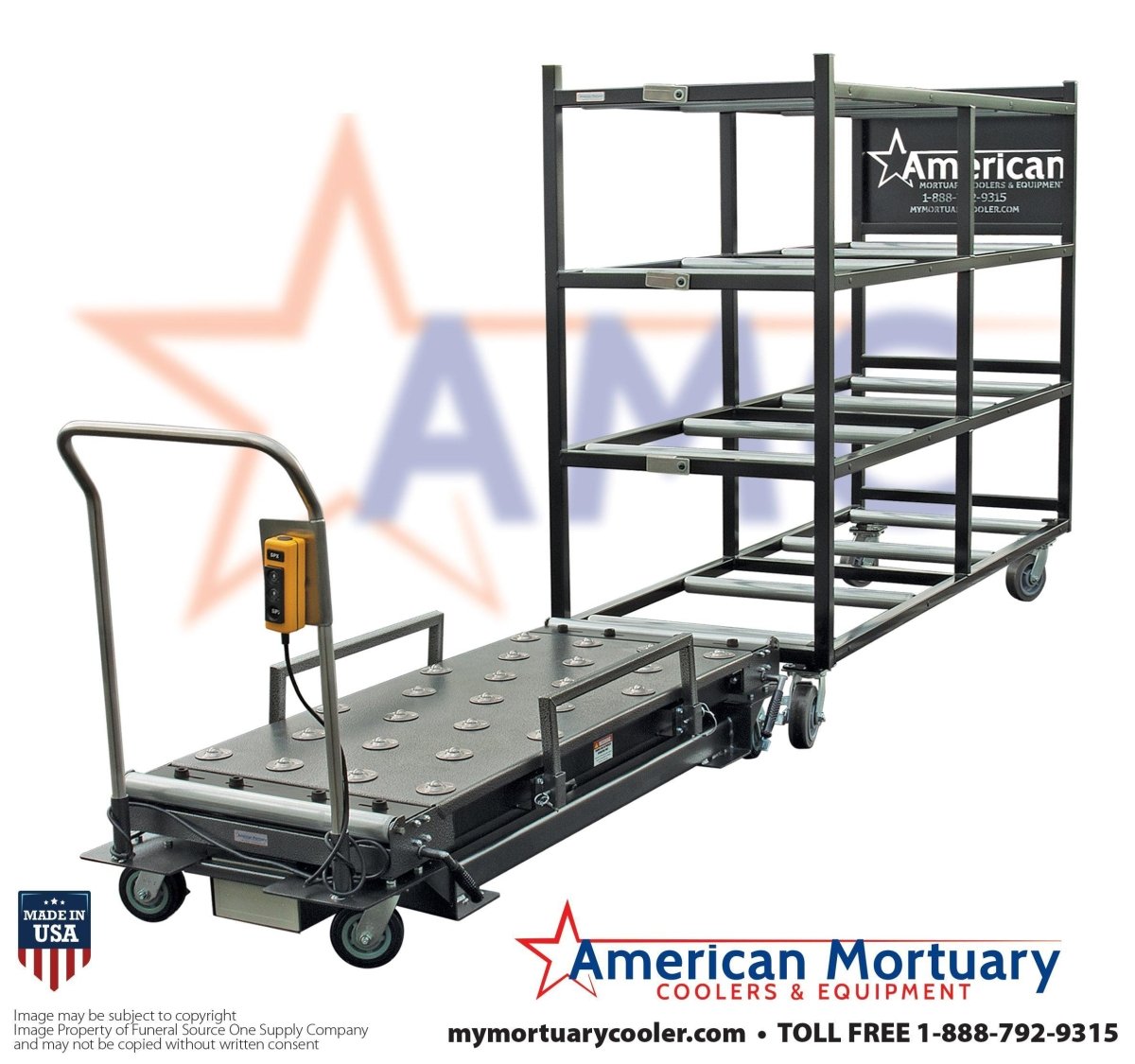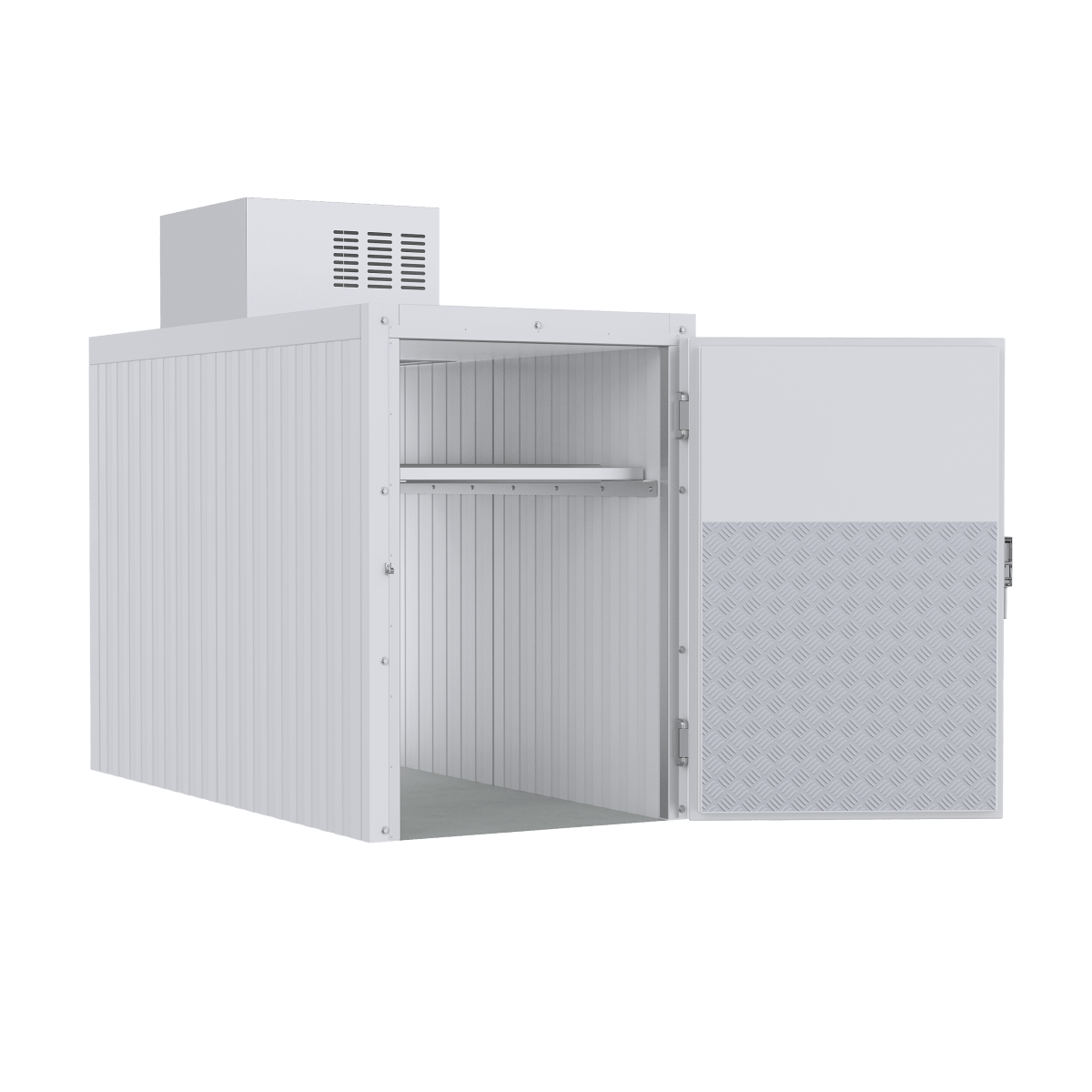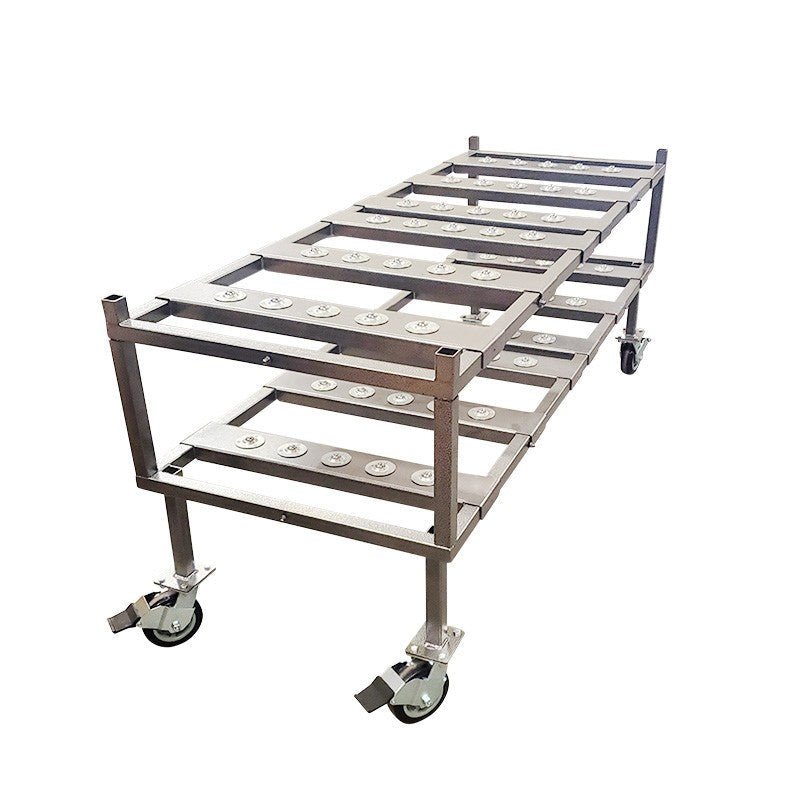California's Revolutionary Approach to Eco-Friendly Death Care
Body composting california becomes legal in January 2027, making California the fifth state to approve this sustainable death care option. Here's what you need to know:
Key Facts:
- Legal Status: Approved in 2022, effective January 2027
- Process: 8-12 weeks to transform body into nutrient-rich soil
- Cost: $5,000-$7,000 (comparable to traditional burial/cremation)
- Output: ~1 cubic yard of soil per body
- Environmental Impact: 87% less energy than cremation, saves 1 metric ton of CO₂
California Governor Gavin Newsom signed Assembly Bill 351 in September 2022 after years of grassroots advocacy. The delay until 2027 gives regulatory agencies time to establish proper oversight and safety protocols.
Until 2027, Californians can access body composting services by transporting remains to facilities in Washington, Colorado, or Oregon. About 15% of clients at Recompose (Seattle's leading facility) already come from California, demonstrating strong demand for this eco-friendly alternative.
The process works through natural organic reduction - placing bodies in steel vessels with wood chips, alfalfa, and straw. Beneficial microbes break down organic matter over 5-7 weeks, followed by a 3-5 week curing period. The result is rich soil that families can use for memorial gardens or donate to conservation projects.
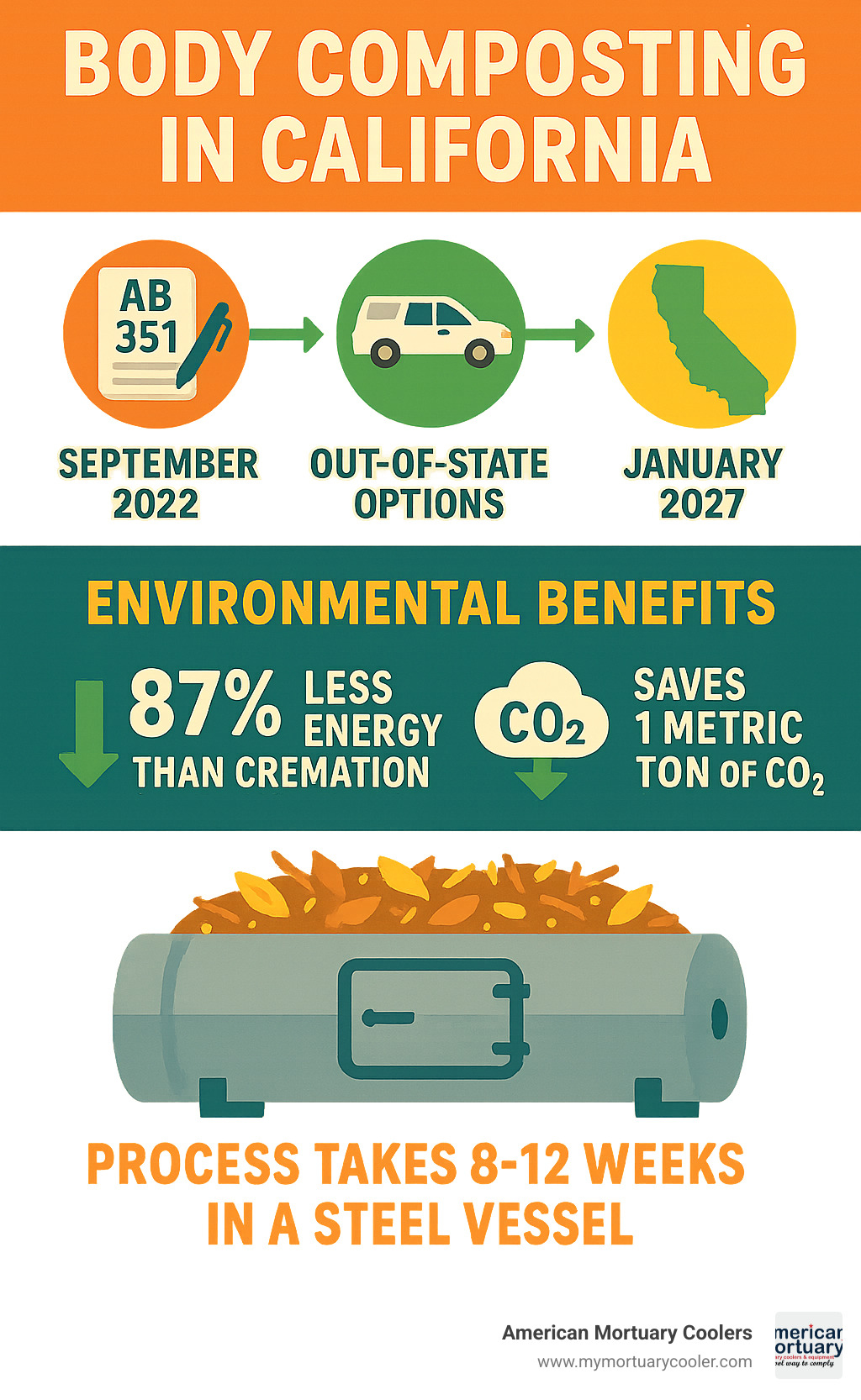
Relevant articles related to body composting california:
What Is Human Composting? The Science & Basics
Human composting, officially known as natural organic reduction (NOR), works exactly like nature intended - just faster and more controlled. A body is placed in a stainless steel vessel along with organic materials like wood chips, alfalfa, and straw. Over the next 8-12 weeks, naturally occurring microbes break down all organic matter and transform it into approximately one cubic yard of nutrient-rich soil.
The environmental benefits are remarkable. Body composting california will offer residents a death care option that uses 87% less energy than cremation and prevents one metric ton of carbon dioxide from entering our atmosphere per person. To put that in perspective, a single cremation releases about 540 pounds of CO₂ - equivalent to driving 500 miles.
Scientific research on human composting confirms this process is both safe and environmentally beneficial. The soil that emerges has a pH between 6.5 and 7 - ideal for most plants and gardens. For families wanting to understand every step, our More info about Body Composting Process guide covers all the technical details.
How the Process Turns a Body into Soil
The change happens through carefully controlled microbial activity. The process generates sustained heat of approximately 150°F for three consecutive days. This temperature eliminates harmful pathogens while creating perfect conditions for decomposition.
Vessels are rotated weekly to ensure proper aeration and even breakdown throughout. After 5-7 weeks in the active phase, the material moves to a curing phase where it rests for another 3-5 weeks. This allows the soil to stabilize and mature, developing that rich, earthy smell reminiscent of forest floor compost.
What Happens to Bones, Teeth & Implants?
Bones and teeth don't fully decompose during composting. After soft tissue has broken down, remaining bone fragments are removed and processed using specialized equipment that reduces them to a fine powder. This bone meal gets mixed back into the compost, adding valuable minerals and nutrients to the final soil.
Dental fillings, hip replacements, pacemakers, and other medical implants require careful removal. These items are either returned to families as keepsakes or recycled through appropriate channels. This careful metal recycling process ensures the final soil product contains only pure organic matter.
Body Composting California: Legal Landscape & Key Dates
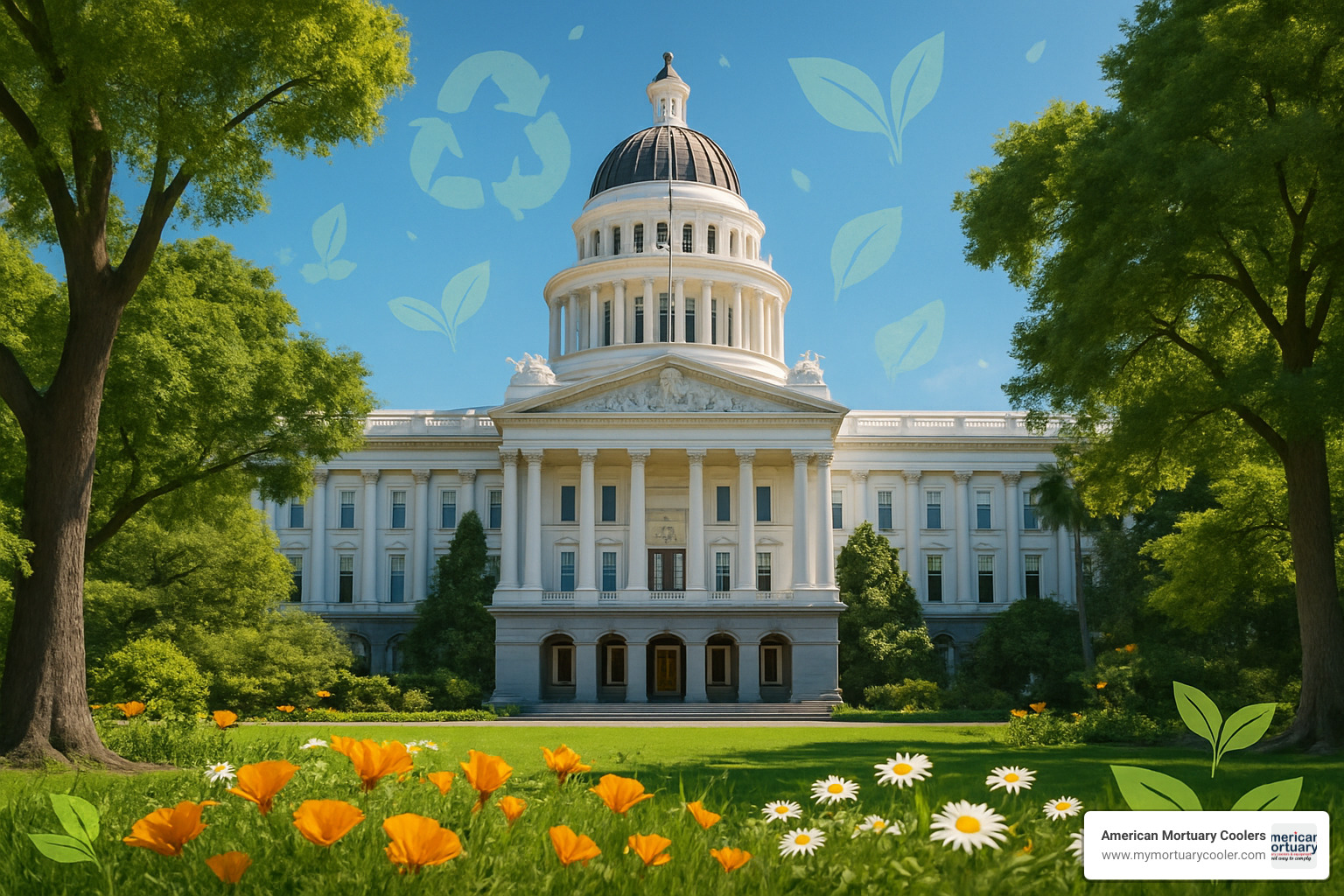
California made history in September 2022 when Governor Gavin Newsom signed Assembly Bill 351 into law. This makes California the fifth state to accept human composting, joining Washington, Colorado, Oregon, and Vermont.
The law takes effect January 1, 2027, giving the California Cemetery and Funeral Bureau time to create proper rules and safety protocols. Despite opposition from the California Catholic Conference, public support proved overwhelming - over 300 letters of support poured in from Californians wanting greener death care options.
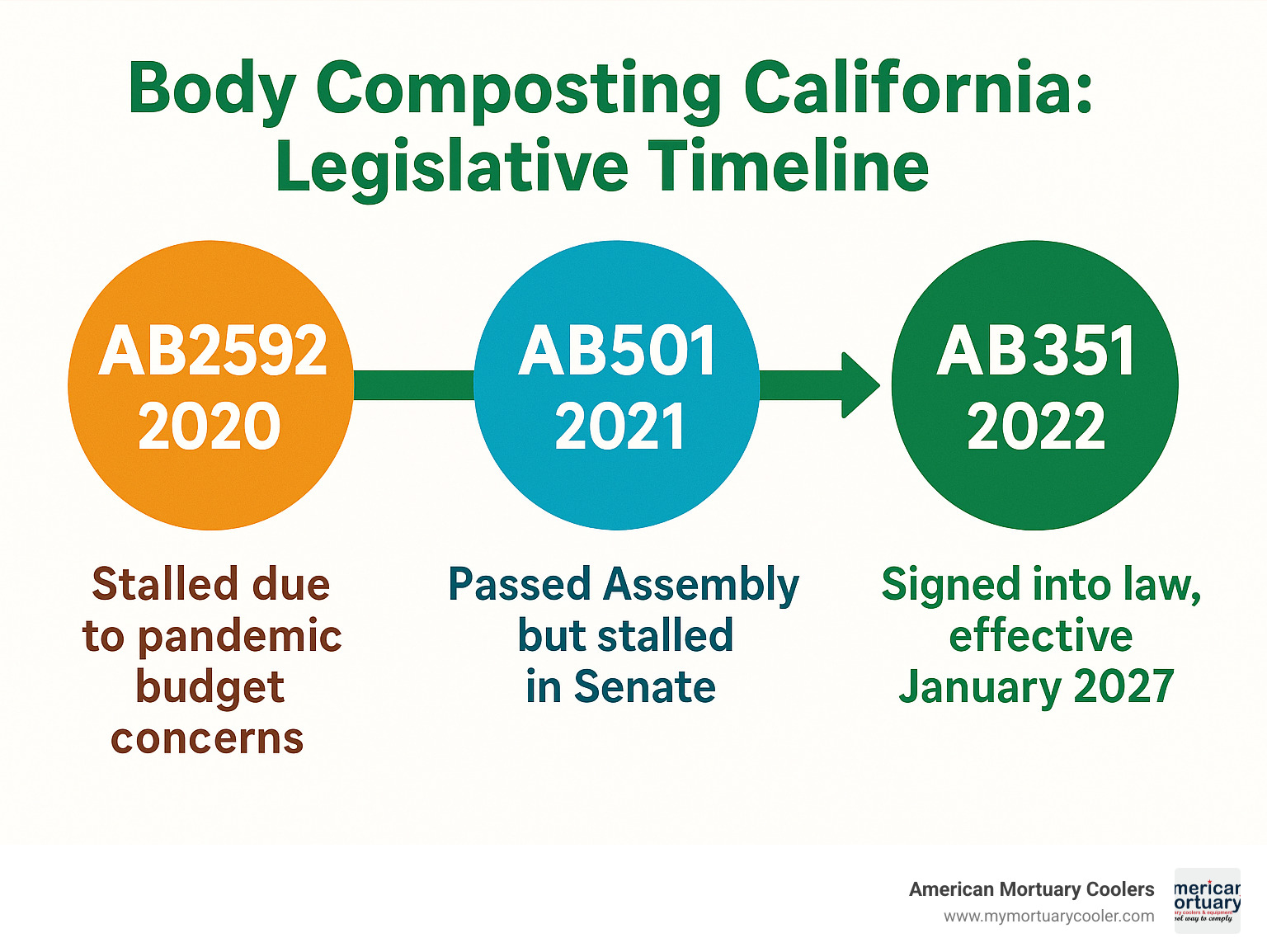
History of Legislation Leading to 2027
Assemblymember Cristina Garcia deserves credit for persistence. Her first attempt, AB 2592 in 2020, passed the Assembly but was shelved due to COVID-19 budget concerns. AB 501 in 2021 passed the Assembly again but stalled in the Senate during the governor's recall election.
AB 351 in 2022 learned from past mistakes, including more detailed regulatory frameworks. When Governor Newsom signed it on September 18, 2022, environmental advocates who'd spent years building support finally celebrated victory.
Accessing Body Composting Services Before 2027
Several cross-state transport options already serve Californians. Recompose in Seattle reports that about 15% of their clients come from California. Bodies typically travel through Sea-Tac Airport, and the facility handles all logistics, coordinating pickup, completing the composting process, then returning the soil to families.
Other options include Return Home in Auburn, Washington, Earth Funeral with various locations, and Clarity Funerals serving Southern California specifically. These providers work directly with California funeral homes to ensure all paperwork and transportation requirements are met properly.
Regulations & Oversight After 2027
When body composting california becomes available in 2027, expect strict oversight from the California Cemetery and Funeral Bureau. Facilities will need licensed operators with specialized training in natural organic reduction. Soil testing will be mandatory, checking pH levels, nutrients, and potential contaminants before returning soil to families.
One important consideration is landowner consent for soil use. While you can use the soil on your own property without restrictions, spreading it on public lands or someone else's property requires permission.
Environmental & Financial Impact Compared to Burial & Cremation
When families consider body composting california, they're often surprised by both the environmental and financial advantages compared to traditional death care options.
Traditional burial involves embalming with formaldehyde, steel or hardwood caskets, concrete burial vaults, and decades of lawn maintenance. Cremation releases about 540 pounds of CO₂ per body - roughly equivalent to driving a car 500 miles. The process burns fossil fuels at temperatures reaching 1,600°F for 3-4 hours.
Human composting takes a completely different approach. The process prevents approximately one metric ton of CO₂ emissions per person and uses 87% less energy than cremation. Rather than depleting natural resources, human composting produces nutrient-rich soil that can support plant growth and help sequester carbon for years.
The financial picture is equally compelling. According to the National Funeral Directors Association, median funeral costs in 2023 reached $8,300 (not including the burial plot), while cremation services averaged $6,280. Latest research on funeral costs shows these costs continue rising faster than general inflation.
Human composting services typically cost $5,000-$7,000, making them genuinely cost-competitive while providing significant environmental benefits. This price includes the entire process from start to finish - no hidden fees for expensive caskets, chemical embalming, or burial plots.
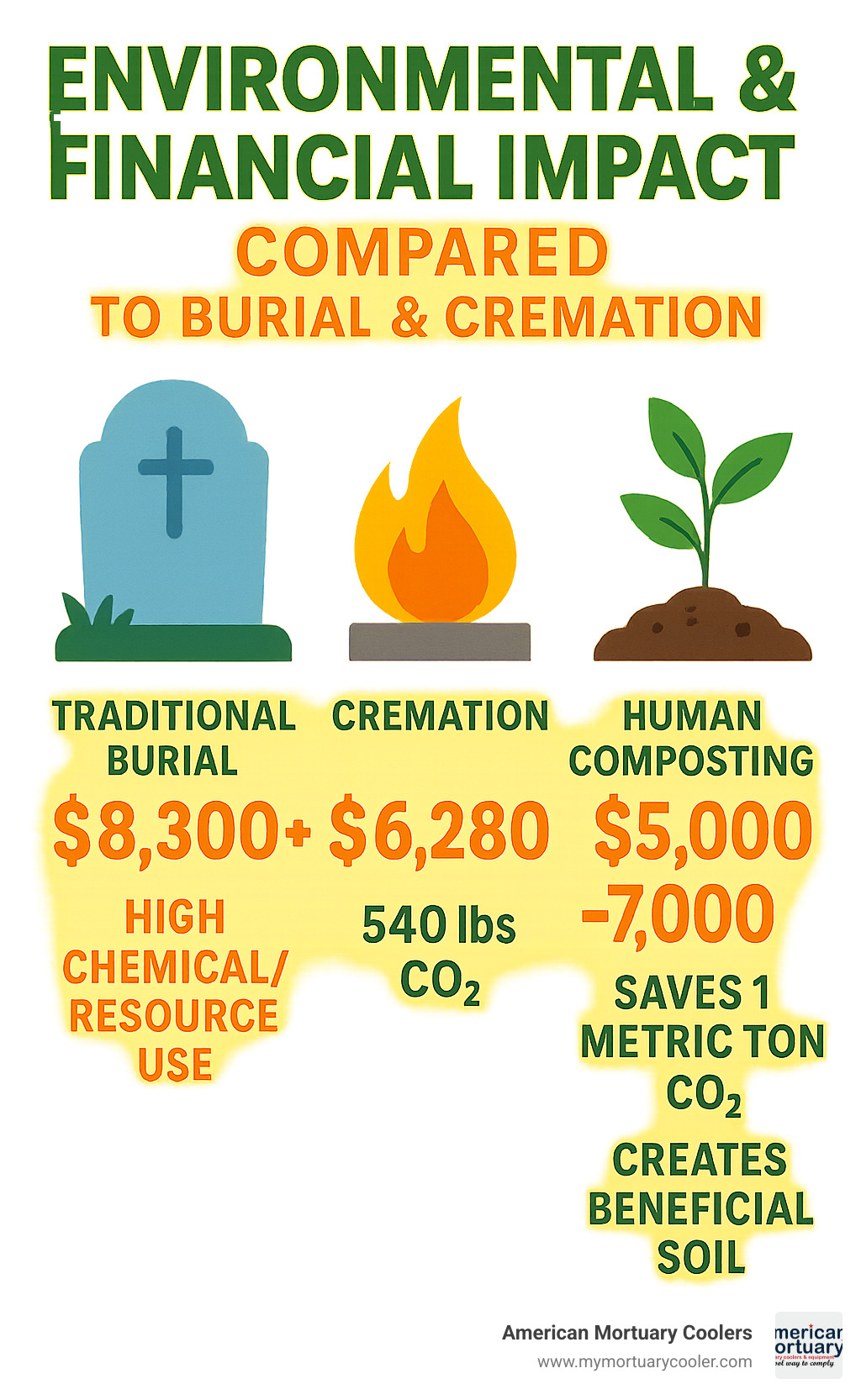
What makes human composting truly special is how the soil becomes a lasting, living memorial. Families often use it to plant memorial trees, nourish gardens where they can remember their loved one, or donate to conservation projects that restore natural habitats.
Step-by-Step Guide to Body Composting in California
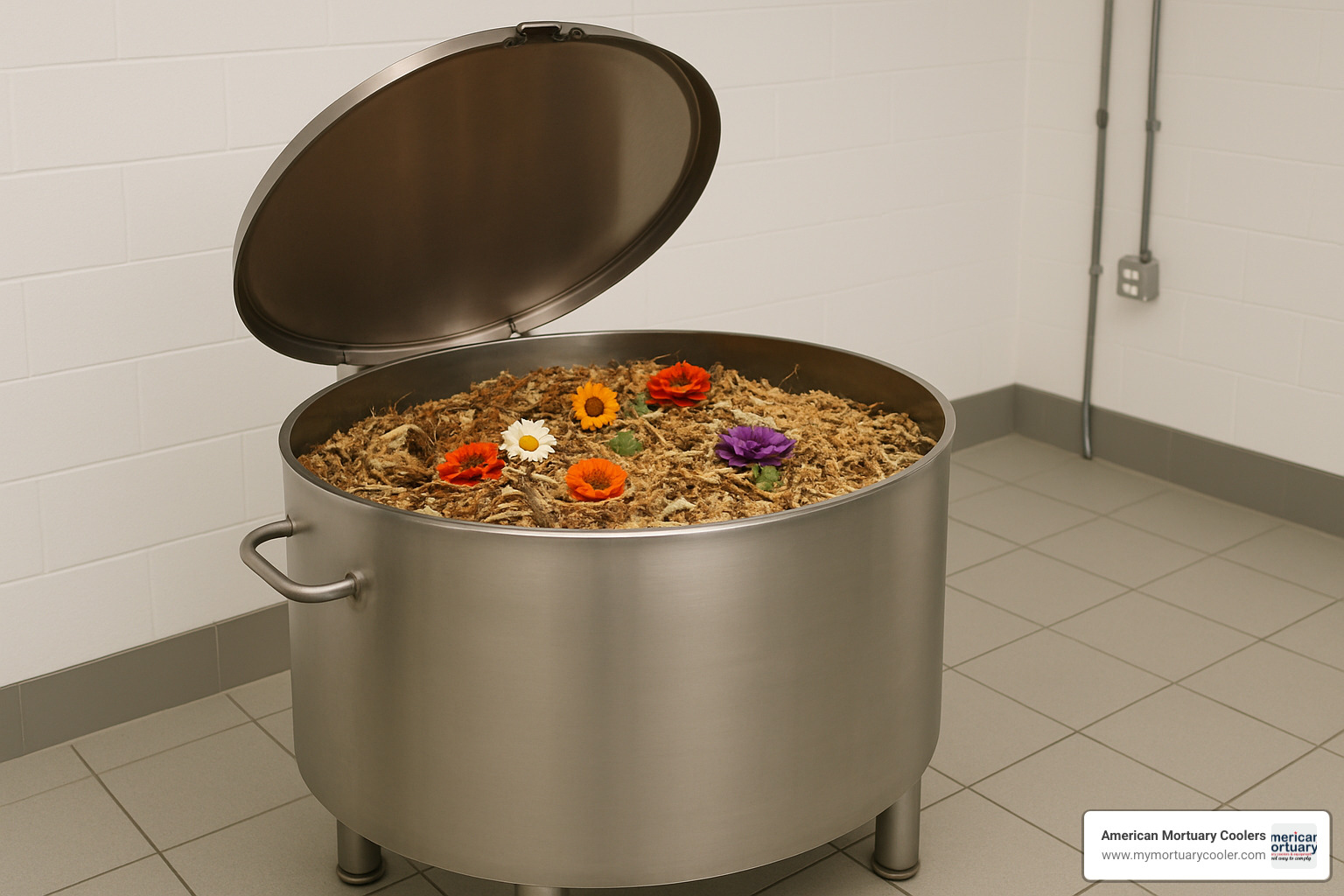
Understanding how body composting california works helps families feel more comfortable with this new option. The process unfolds over several months, with each step designed to honor your loved one while creating something beautiful for the earth.
The journey begins with the laying-in ritual. Your loved one is gently washed and wrapped in a biodegradable shroud made from natural fibers. Many families participate by decorating the shroud with meaningful colors, adding flowers, or including handwritten letters.
Next comes placement in the stainless steel vessel with wood chips, alfalfa, and straw. The active composting phase lasts 5-7 weeks with careful monitoring of oxygen levels, moisture content, and temperature. The vessel rotates weekly, ensuring even breakdown. Natural microbes create sustained heat of about 150°F.
After active composting comes the curing phase, lasting another 3-5 weeks. The material rests and stabilizes, developing that rich, earthy smell. Staff carefully screen the soil, removing bone fragments (which get processed into powder and mixed back in) and separating medical implants.
The final step brings everything full circle - soil screening and return. You receive approximately one cubic yard of rich, dark soil with a pH between 6.5 and 7. That's enough to fill a pickup truck bed and weighs 500-1,000 pounds.
Organ donation compatibility: Human composting works perfectly with organ donation. Medical professionals remove organs first, then the composting process proceeds normally. However, bodies that have been embalmed cannot be composted due to preservative chemicals.
More info about In-Depth Guide provides additional technical details.
Pre-Planning Checklist
Planning ahead for body composting california takes pressure off your family during difficult times. Legal documentation forms the foundation - update your will to specifically mention human composting as your preferred disposition method. Complete advance directives and ensure multiple family members have copies.
Research Precompose plans and other pre-need contracts with facilities, even out-of-state ones. Budget $5,000-$7,000 for the complete process. Many facilities offer prepaid contracts that protect against future price increases.
Think through soil distribution preferences now. Do you want family members to share the soil? Would you prefer donation to a specific conservation project? Having these conversations ahead of time prevents difficult decisions during grief.
Providers & Costs
Recompose in Seattle leads the market at $7,000, with about 15% of their clients coming from California. Earth Funeral offers services around $5,000, Return Home charges approximately $6,000, and Clarity Funerals serves Southern California at $6,950.
The 2027 CA rollout will likely bring more options and competitive pricing. Recompose has already announced plans for California facilities, and other providers are watching the market closely.
Cultural, Religious & Public Perspectives
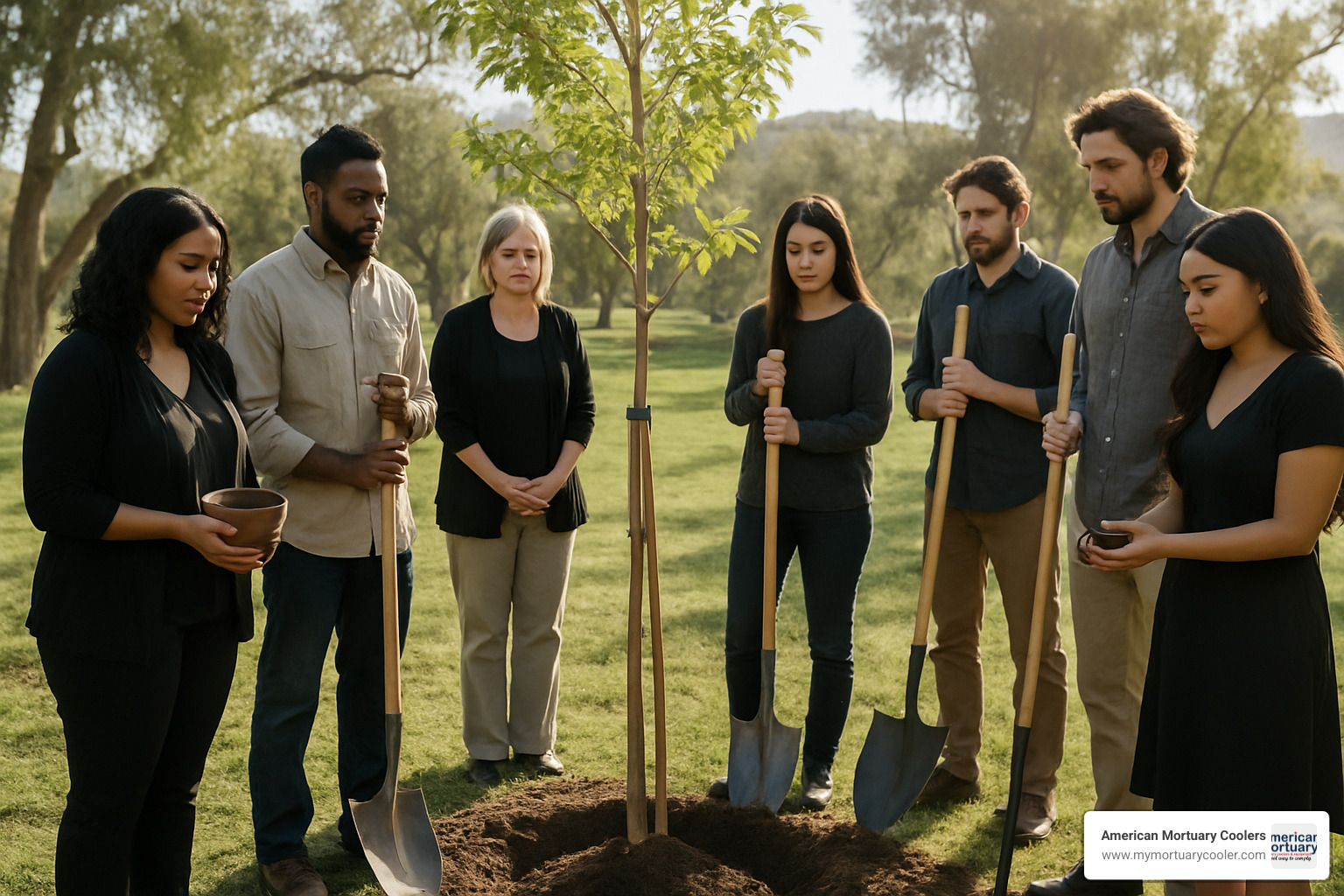
When body composting california was making its way through the legislature, it sparked passionate conversations across religious and cultural communities.
The California Catholic Conference took the strongest opposition stance, arguing that composting treats human remains as a "disposable commodity" rather than honoring the sacred dignity of the human body. However, many individual Catholics find personal meaning in literally returning to the earth, with some priests offering blessings for composted soil used in memorial gardens.
Jewish perspectives vary considerably depending on interpretation and denomination. Some rabbis express concern about the process not aligning with traditional burial practices, while others see it as compatible with Jewish values of tikkun olam - repairing and caring for the world.
Islamic teachings generally require burial, making human composting less common among Muslim families. Many Protestant denominations and non-religious families accept human composting as reflecting values of environmental responsibility and natural cycles of life and death.
California's current disposition preferences show that 68% choose cremation and about 30% choose traditional burial. This high cremation rate suggests Californians are already comfortable with alternatives to traditional burial.
The public support during the legislative process was overwhelming, with over 300 letters of support influencing the bill's passage.
Using the Soil: Gardens, Reforestation & Legal Restrictions
The cubic yard of soil from human composting gives families something tangible and meaningful. Memorial gardens become the most popular choice, with families planting flowers, vegetables, or herbs that held special meaning. Memorial trees offer another powerful option, though they require landowner permission when planted outside your own property.
For those with limited outdoor space, the soil works beautifully for houseplants and container gardens. Conservation donations provide meaningful alternatives for families who don't want to keep all the soil. Many facilities partner with restoration organizations for wetland restoration and habitat recovery projects.
While families own the soil and can use it freely on their own property, public lands typically prohibit soil additions without permits. Private property always requires landowner consent.
Conservation & Carbon Sequestration Benefits
The environmental impact of body composting california extends far beyond individual families. California sees approximately 280,000 deaths annually. If all those families chose human composting instead of cremation, it would prevent roughly 151,200 tons of CO₂ emissions annually - equivalent to removing 32,000 cars from California's roads every year.
The soil produced supports plant growth that continues sequestering carbon for years or decades. Trees planted with composted soil can store carbon throughout their entire lifespan. Many providers create partnerships with conservation organizations, with some working with One Tree Planted and similar organizations to maximize conservation impact.
Frequently Asked Questions about Body Composting in California
Is body composting california legal right now?
Body composting california becomes fully legal on January 1, 2027. Governor Newsom signed the law in 2022, but California wanted time to establish proper regulations and safety protocols.
The good news? You don't have to wait. Californians can already access human composting services through facilities in Washington, Colorado, and Oregon. Recompose in Seattle reports that about 15% of their clients come from California, and they handle all transportation logistics.
How long does the process take from start to finish?
The complete journey takes 8-12 weeks from start to finish. The first 5-7 weeks involve active composting, where your loved one rests in a steel vessel with wood chips, alfalfa, and straw while beneficial microbes do their work.
Then comes 3-5 weeks of curing, where the soil stabilizes and matures. During this time, bone fragments are processed and mixed back in, and the pH reaches that perfect 6.5-7 range that plants love.
How much soil is produced and where can it be used?
Each person becomes approximately one cubic yard of rich, dark soil - imagine filling the bed of a pickup truck. That's typically 500-1,000 pounds of nutrient-rich earth.
You can use it anywhere you have permission: your own garden, a memorial tree planting, even houseplants. The pH sits between 6.5 and 7, making it perfect for most plants. Many families keep a small portion for personal memorial gardens and donate the rest to conservation projects.
Conclusion
California's journey toward body composting california reflects growing awareness that our final act can be one of environmental restoration rather than depletion. When January 2027 arrives, families across the Golden State will have access to a death care option that transforms their loved ones into life-giving soil.
Each person who chooses human composting over cremation prevents one metric ton of CO₂ from entering our atmosphere while using 87% less energy. The process creates approximately one cubic yard of nutrient-rich soil - enough to nourish a memorial garden or contribute to conservation efforts that benefit future generations.
At $5,000 to $7,000, body composting california costs about the same as traditional burial or cremation, but the value extends far beyond the price tag. Families receive soil that can support new life for decades, whether that's a memorial tree, a vegetable garden, or a habitat restoration project.
As American Mortuary Coolers, we've witnessed the funeral industry's gradual shift toward more sustainable practices. Our Tennessee-based company has been supporting funeral homes across the contiguous 48 states as they adapt to changing family preferences and environmental concerns. We craft custom mortuary equipment that helps facilities serve families choosing greener alternatives.
The beauty of human composting lies in its simplicity and naturalness. There's something profoundly comforting about returning to the earth in a way that creates rather than consumes, that heals rather than harms.
Whether you're considering current out-of-state services or planning ahead for California's 2027 implementation, human composting offers families a meaningful way to honor their environmental values while creating a lasting memorial. The soil becomes a living tribute - supporting flowers, trees, and wildlife for years to come.
We encourage families to explore this option and start conversations about end-of-life preferences. For funeral directors preparing for this shift, our team stands ready to support your facility's transition to greener practices with custom equipment and reliable delivery nationwide.
For more information about sustainable death care options and comprehensive planning resources, explore our More info about comprehensive composting options. Together, we can build a future where death care nourishes life rather than depleting it.


